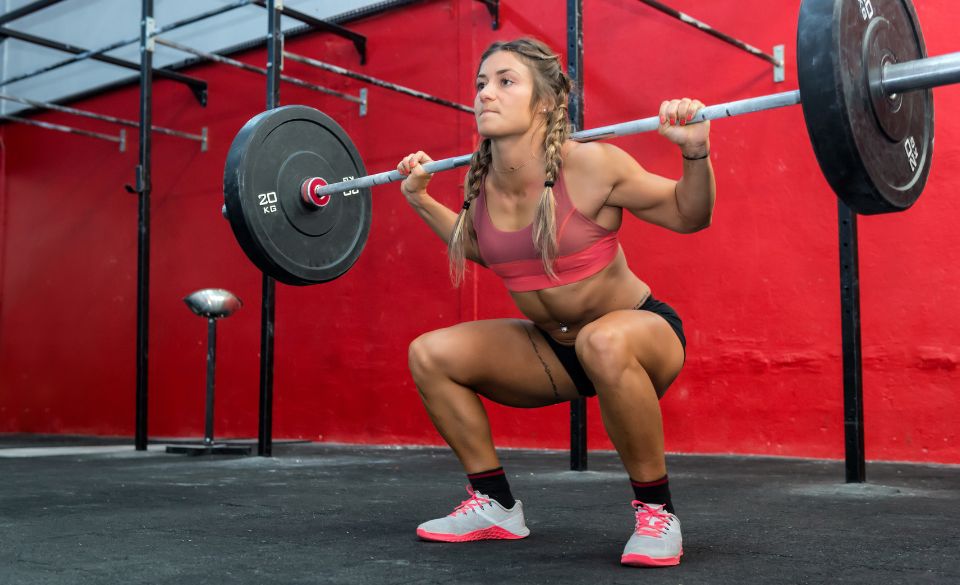
10 Best Exercises for Hip Activation for Runners
Page Contents
As runners, we know how important it is to keep our hips strong and activated. Weak hip muscles can lead to poor running form, decreased power, and even injuries. Incorporating hip activation exercises into your pre-run warm-up can help prevent injury, improve your running form, and increase your overall performance. In this post, we’ll explore the 10 best exercises for hip activation for runners and the benefits they can provide.
10 Best Exercises for Hip Activation for Runners
As a runner, you know that taking care of your body is crucial for your performance and overall health. One area that is often overlooked is hip activation. Your hips are responsible for many of the movements involved in running, including hip extension, abduction, and rotation. Weak or tight hip muscles can lead to poor running form and increased risk of injury. That’s why incorporating hip activation exercises into your routine is essential.
Here are 10 of the best exercises for hip activation for runners:
1. Clamshells: Lie on your side with your legs bent at a 90-degree angle. Keeping your feet together, lift your top knee as high as you can without moving your pelvis. Lower back down and repeat.
2. Fire hydrants: Start on all fours with your hands and knees shoulder-width apart. Lift one leg out to the side, keeping your knee bent at a 90-degree angle. Lower back down and repeat on the other side.
3. Bridge raises: Lie on your back with your knees bent and feet flat on the ground. Lift your hips up toward the ceiling, squeezing your glutes at the top. Lower back down and repeat.
4. Monster walks: Place a resistance band around your ankles and stand with your feet shoulder-width apart. Take a step to the side, keeping tension on the band. Repeat in the other direction.
5. Lateral lunges: Stand with your feet shoulder-width apart. Take a big step to the side with one foot, keeping your other foot in place. Lower down into a lunge, then push back up to the starting position. Repeat on the other side.
6. Donkey kicks: Start on all fours with your hands and knees shoulder-width apart. Lift one leg up toward the ceiling, keeping your knee bent at a 90-degree angle. Lower back down and repeat on the other side.
7. Squats: Stand with your feet shoulder-width apart. Lower down into a squat, keeping your knees over your ankles. Push back up to the starting position and repeat.
8. Single-leg deadlifts: Stand on one leg with a slight bend in your knee. Keeping your back straight, hinge forward at the hips and reach your opposite hand toward the ground. Return to the starting position and repeat on the other side.
9. Step-ups: Stand in front of a step or bench. Step up onto the bench with one foot, then step back down. Repeat on the other side.
10. Leg swings: Stand facing a wall or sturdy object for support. Swing one leg forward and back, then side to side. Repeat on the other side.
Incorporating these exercises into your routine can help improve your hip mobility, strengthen your hip muscles, and reduce your risk of injury. Remember to start with low resistance and gradually increase the intensity and difficulty of the exercises as you get stronger.
Benefits of hip activation for runners
As a runner, it’s essential to take care of your body to prevent injuries and improve performance. One area that is often neglected but crucial to focus on is hip activation. Hip activation exercises help activate and strengthen the muscles in your hips, which are essential for running. Let’s take a look at some of the benefits of hip activation for runners.
Improved Running Form: Hip activation exercises can help improve your running form by activating the muscles in your hips, glutes, and core. This helps stabilize your pelvis, which is essential for efficient running mechanics.
Reduced Risk of Injury: Weak or tight hip muscles can lead to a host of injuries, including IT band syndrome, knee pain, and lower back pain. Hip activation exercises can help reduce your risk of injury by strengthening and stretching these muscles.
Increased Power: Strong hip muscles are essential for generating power during running. Hip activation exercises help activate and strengthen these muscles, which can lead to increased power and speed during your runs.
Better Balance and Stability: Hip activation exercises also help improve your balance and stability, which is essential for running on uneven terrain or in challenging weather conditions.
Improved Posture: Hip activation exercises can also help improve your posture, which is essential for overall health and well-being. By strengthening the muscles in your hips, glutes, and core, you can improve your posture and reduce your risk of back pain and other postural issues.
Several studies have also shown the benefits of hip activation for runners. A 2015 study published in the Journal of Strength and Conditioning Research found that hip activation exercises significantly improved hip strength and balance in female runners. Another study published in the Journal of Sports Rehabilitation in 2016 found that hip activation exercises can help reduce knee pain in runners with patellofemoral pain syndrome.
In Summary, hip activation exercises are crucial for runners looking to improve their performance and reduce their risk of injury. By incorporating these exercises into your routine, you can improve your running form, increase power and speed, and reduce your risk of injury. Remember to start slowly and gradually increase the intensity and difficulty of the exercises over time. And as always, if you experience pain or discomfort, stop and consult with a medical professional.
Final Words – Hip Activation for Runners
Hip activation exercises are an essential part of any runner’s pre-run warm-up routine. By incorporating these exercises into your routine, you can improve your running form, increase your power and speed, and reduce your risk of injury. Remember to start with low resistance and gradually increase the intensity and difficulty of the exercises as you get stronger. And always listen to your body – if you experience pain or discomfort during any exercise, stop and consult with a medical professional.


